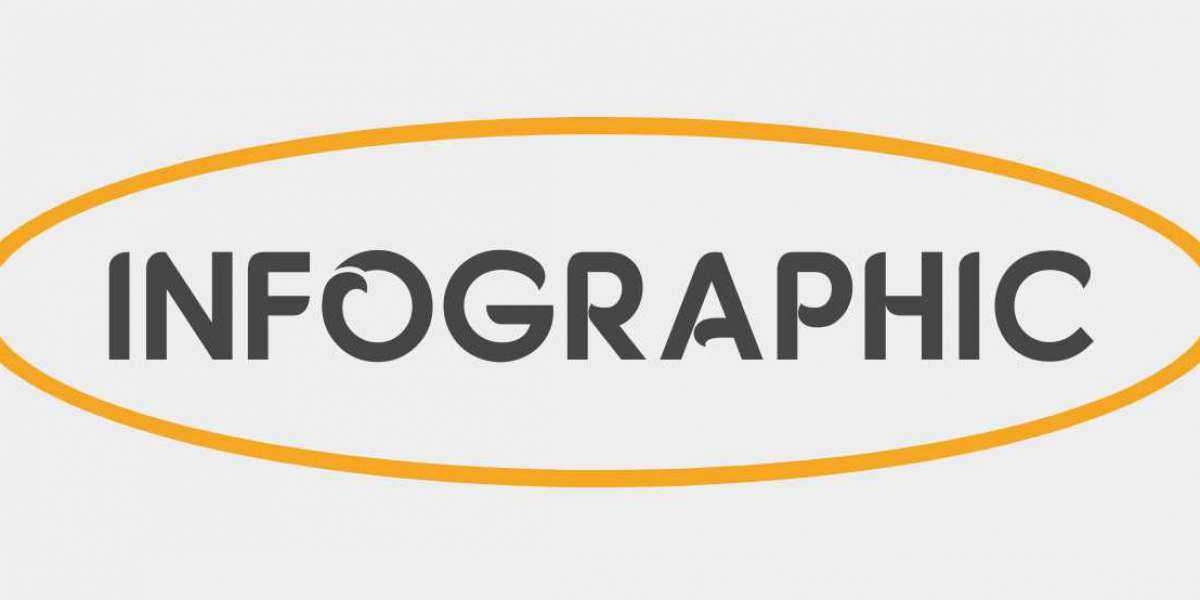Green power market is a market for electricity generated from renewable energy sources. These sources include solar, wind, geothermal, hydroelectric, and biomass. Renewable energy is energy that comes from natural resources that are replenished over time, such as sunlight, wind, and rain.
The green power market is growing rapidly, as more and more people and businesses are looking to reduce their carbon footprint and support renewable energy. The market is expected to reach $ 132.22 billion by 2032, growing at a CAGR of 13.50% from 2023 to 2032.
There are two main types of green power markets: voluntary and mandatory.
- Voluntary markets: In voluntary markets, consumers and businesses can choose to purchase green power from their electricity supplier. Green power is often sold as a premium product, but there are also many government programs and incentives that can make it more affordable.
- Mandatory markets: In mandatory markets, governments require electricity suppliers to provide a certain percentage of their electricity from renewable energy sources. This is known as a renewable portfolio standard (RPS). RPS programs have been very effective in driving the growth of the renewable energy market.
The green power market is made up of a variety of different stakeholders, including:
- Renewable energy generators: These are the companies that build and operate renewable energy projects, such as solar farms, wind turbines, and hydroelectric dams.
- Electricity suppliers: These are the companies that sell electricity to consumers and businesses.
- Consumers and businesses: These are the end-users of green power.
- Government agencies: Government agencies play an important role in promoting the green power market by developing policies and programs that support renewable energy.
The green power market is facing a number of challenges, including:
- The cost of renewable energy: Renewable energy technologies are becoming more affordable, but they are still more expensive than traditional fossil fuel-based generation.
- Intermittency: Renewable energy sources, such as solar and wind, are intermittent, meaning that they do not produce electricity all the time. This can make it difficult to integrate renewable energy into the electricity grid.
- Transmission and distribution infrastructure: The transmission and distribution infrastructure needed to support renewable energy projects is often outdated and needs to be upgraded.
Despite these challenges, the green power market is expected to continue to grow rapidly in the coming years. This is due to a number of factors, including:
- The growing awareness of climate change: More and more people are becoming aware of the dangers of climate change and are looking for ways to reduce their carbon footprint.
- The falling cost of renewable energy: The cost of renewable energy technologies is falling rapidly, making them more competitive with traditional fossil fuel-based generation.
- Government support for renewable energy: Governments around the world are supporting the growth of the renewable energy market through policies and programs such as RPS programs and tax breaks.
The green power market is playing an important role in the transition to a clean energy future. By supporting the growth of the green power market, consumers and businesses can help to reduce their carbon footprint and support the development of renewable energy technologies.
Benefits of buying green power
There are many benefits to buying green power, including:
- Reducing your carbon footprint: Green power is generated from renewable energy sources, which do not produce greenhouse gases. By buying green power, you can help to reduce your carbon footprint and combat climate change.
- Supporting renewable energy: When you buy green power, you are helping to support the growth of the renewable energy market. This helps to create jobs and boost the economy.
- Improving air quality: Renewable energy sources do not produce air pollution. By buying green power, you can help to improve air quality and protect public health.
How to buy green power
There are a number of different ways to buy green power. You can contact your electricity supplier to see if they offer green power options. You can also purchase green power through a third-party provider.
If you are interested in buying green power, there are a few things you should keep in mind:
- Make sure the green power is certified: There are a number of different green power certification programs available. Make sure the green power you are buying is certified by a reputable program.
- Compare the price of green power to traditional electricity: Green power is often sold as a premium product, but it is important to compare the price to traditional electricity to see how much it will cost you to switch.
- Consider your energy needs: If you have high energy needs, you may want to consider purchasing a renewable energy certificate (REC). RECs represent the environmental benefits of renewable energy generation.
Related Reports
Distributed Control System Market Share
Variable Speed Generator Industry
Field-Erected Cooling Tower Market Size



